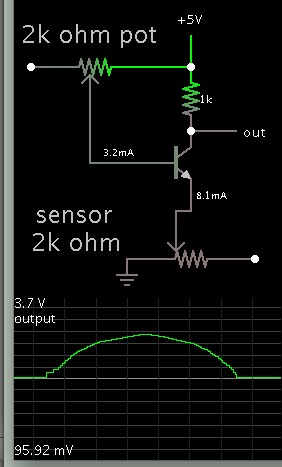Follow along with the video below to see how to install our site as a web app on your home screen.
Note: This feature may not be available in some browsers.
The circuit does not work for a photo resistor, only for photo elements that generate a current on it's own.
The circuit can be modified by connecting R1 to a reference voltage, making a voltage divider with the photo resistor. What's the expected resistance range?
Excelitas Technologies Corp, formerly PerkinElmer Optoelectronics, formerly Heimann GmbH, is labeling LDR photo resistors "photo cells" since ever.A photocell will produce current. It has no dedicated "resistance" like a photoresistor.
Measuring the resistance of a photocell with an ohm meter gives no meaningful value.
The resistance change of a photoresistor is nonlinear with change in light level so you need to determine the resistance change over the light level variation you will experience and then design the measuring circuit accordingly.
Measure the resistance over the light range of interest.That smells like work. Any suggestion in how to get that variation "coeficient" in a simple way?
That smells like work. Any suggestion in how to get that variation "coeficient" in a simple way?
